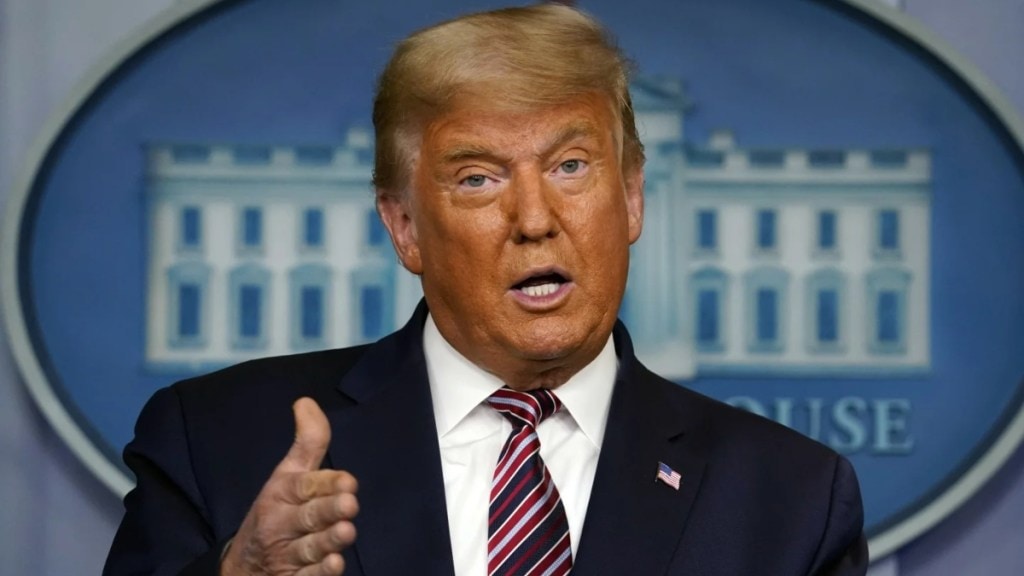The U.S. Supreme Court on Friday delivered a significant blow to migrant protections under the Biden administration, allowing President Donald Trump’s administration to revoke the temporary “parole” status of over 500,000 migrants from Venezuela, Cuba, Haiti, and Nicaragua. The ruling effectively allows the Trump administration to proceed with its policy to end the immigration relief granted to these individuals, potentially opening the door for rapid deportations, while the case continues through the lower courts.
The court’s decision puts on hold a previous order from a federal judge, which had halted the administration’s move to terminate the parole status of these migrants. Parole, in this context, is a temporary status that allows individuals to remain in the U.S. for humanitarian reasons or significant public benefit.
Two of the court’s liberal justices, Ketanji Brown Jackson and Sonia Sotomayor, dissented from the ruling, expressing concerns over the consequences for the affected migrants.
What is ‘Parole’ status?
The parole status was initially granted by the Biden administration as part of its strategy to manage migration and deter illegal crossings at the U.S.-Mexican border. The parole system was extended to migrants from Venezuela, Cuba, Haiti, and Nicaragua, allowing them to live and work in the United States temporarily while their asylum applications were processed.
However, Trump’s administration, which took office in January 2025, has sought to revoke the parole status, claiming that it would facilitate a faster deportation process. The Department of Homeland Security (DHS) moved to terminate the parole grants in March, citing the need to expedite removals through a process known as “expedited removal,” which accelerates deportations for individuals without legal status.
The case has now become a flashpoint in the broader debate over U.S. immigration policy, particularly as the country grapples with rising numbers of migrants crossing the southern border.
The legal Battle and its implications
In April, U.S. District Judge Indira Talwani of Boston ruled that the administration could not terminate the parole program outright, as federal law required a case-by-case review for each migrant. The First U.S. Circuit Court of Appeals in Boston upheld Talwani’s decision, but the Trump administration sought emergency intervention from the Supreme Court, which has now allowed the termination to proceed while the legal dispute plays out.
The Justice Department argued that Judge Talwani’s decision had “undone democratically approved policies” and was interfering with critical immigration policies that were central to Trump’s campaign platform, particularly his efforts to reduce illegal immigration.
However, the plaintiffs—migrants whose parole status would be revoked and U.S. citizens who serve as their sponsors—argue that the government’s actions would lead to “grave harm.” They contend that the termination of their parole would force many back to the dangerous and unstable countries from which they fled, exposing them to the risk of persecution, violence, and even death.
The plaintiffs also emphasised that the suspension of their asylum applications and other immigration relief options would result in family separations, further compounding the trauma many had already endured. The Supreme Court’s ruling states the ongoing political divide over immigration in the U.S. While the Trump administration frames the revocation of parole as a necessary step to protect national security and deter illegal immigration, humanitarian groups and migrants argue that the decision puts vulnerable individuals at risk and undermines protections for those fleeing violence and persecution.
The controversy surrounding this issue is expected to escalate, as legal battles over the future of parole, asylum, and deportation continue to unfold in the courts. With the legal uncertainty surrounding the policy’s future, advocates for migrants have pledged to continue their fight to protect the rights of individuals who have already established lives in the United States.

